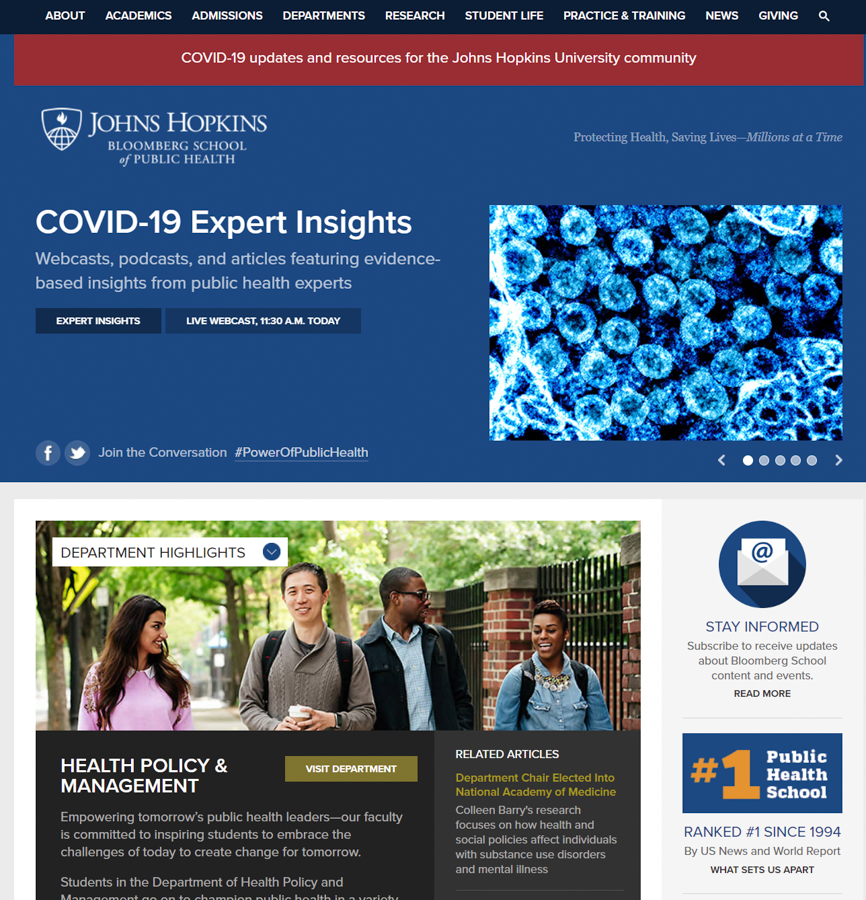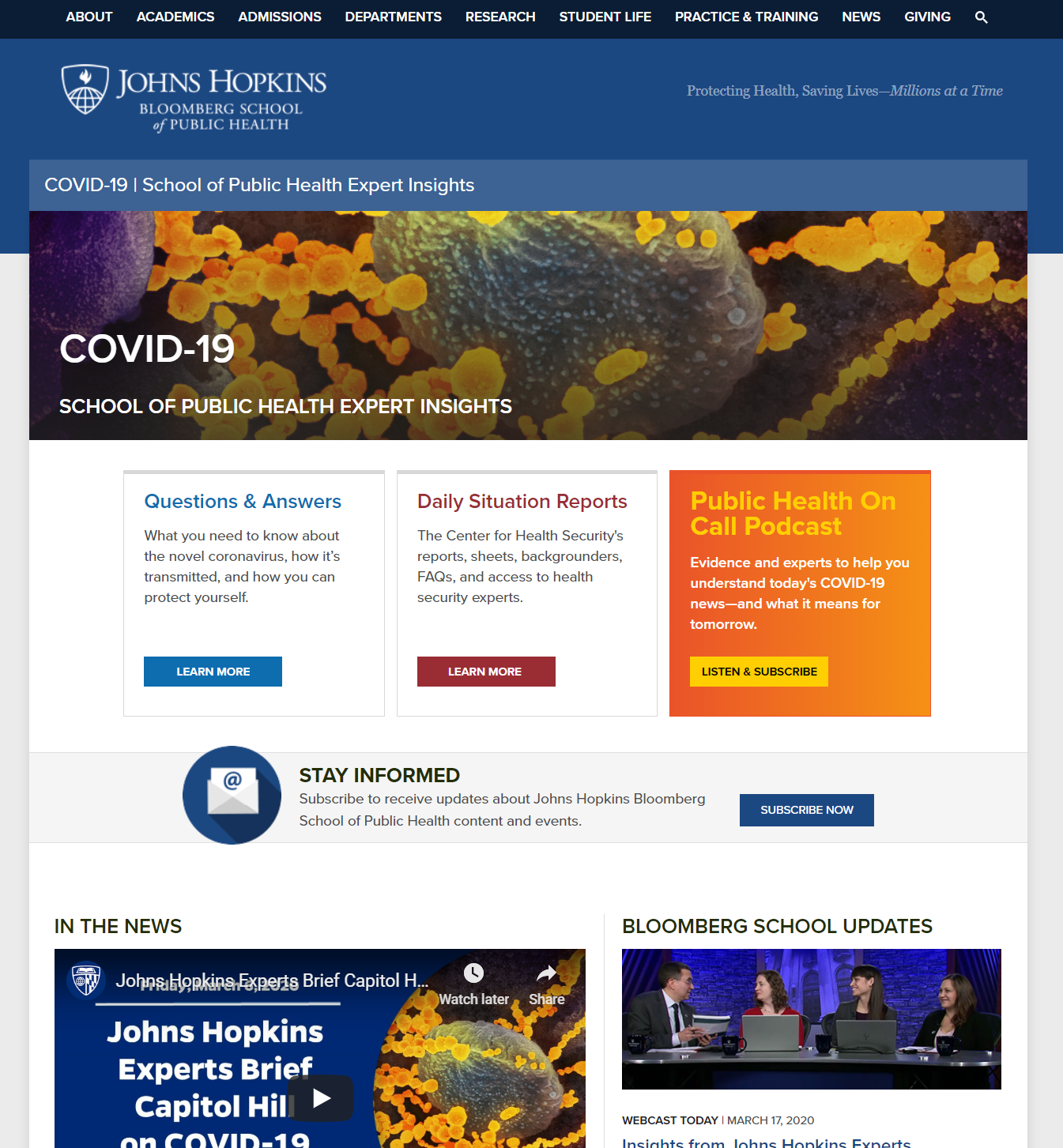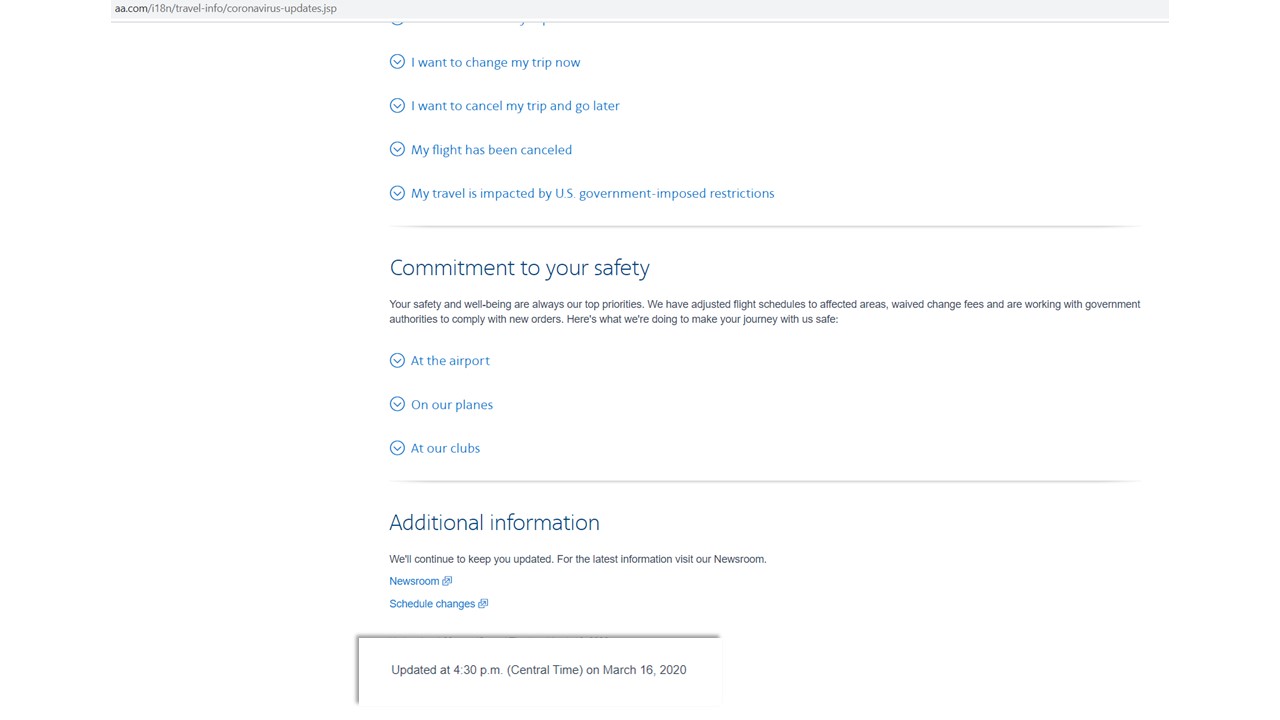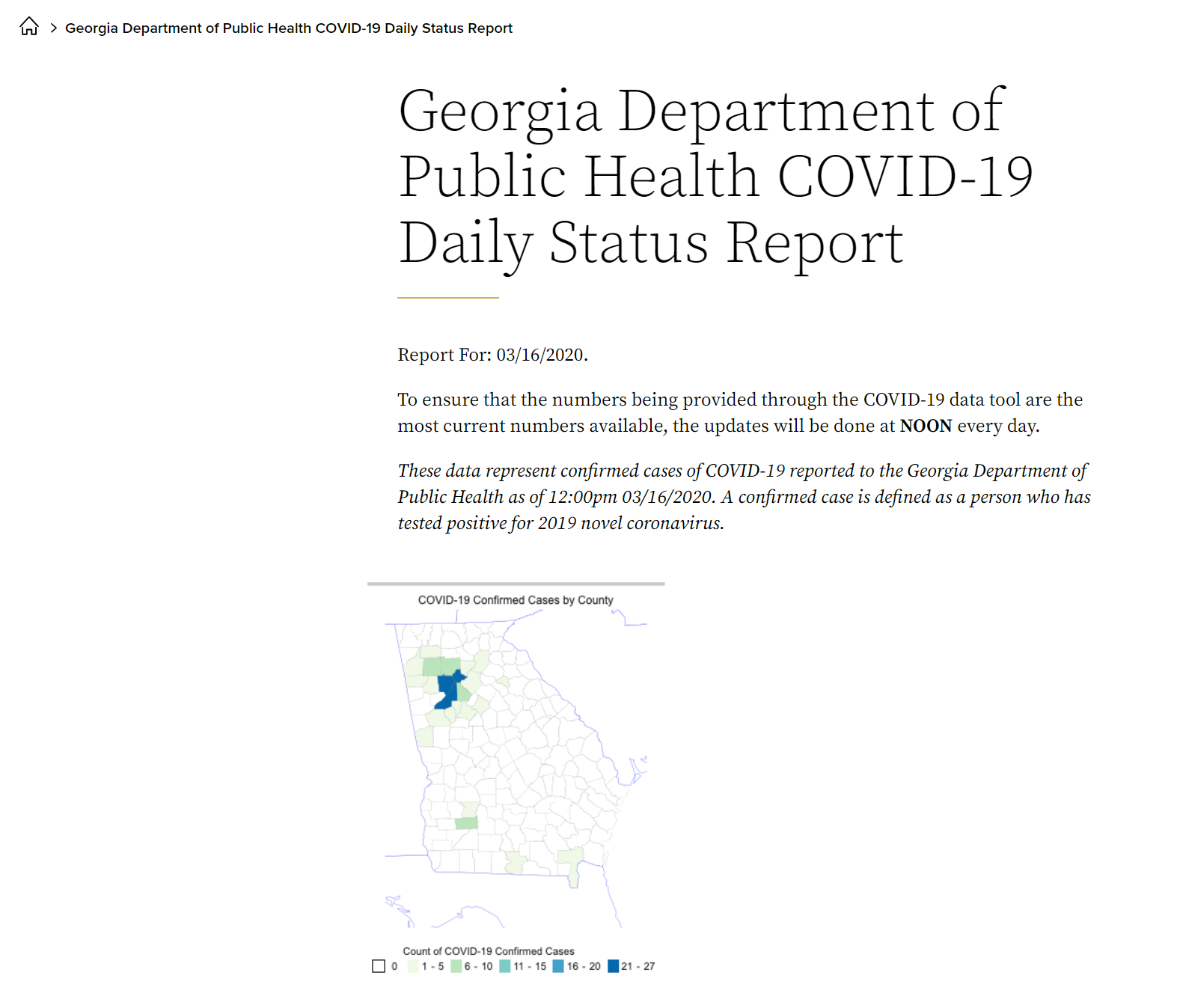
When dealing with a crisis, content teams have to be ready for rapid change. Plans will evolve on the fly. Demand will increase suddenly and swiftly. And timelines will tighten. Whether grappling with a singular incident such as a cyber attack or a severe storm or facing a massive global news event such as the current COVID-19 pandemic, a crisis will bring unique content challenges.
Content professionals in crises have to get the facts straight. And, they need to understand how to let customers and readers know their content is trustworthy and reliable.
Here are five practical tips to help with crisis content creation.
1. Be flexible (but set boundaries)
When a crisis happens, content teams immediately start to hear from their CEOs, presidents, and senior leaders. “What should we say?” “How soon can we get out our message?” “We need this out on social media today!” Whether you have a team of two or 10, you have to be ready to drop what you had planned and cover the crisis.
During a crisis, team members may need to temporarily change focus. Or you may need to pull in talent from other teams. For example, if you no longer need new online advertisements for some time, ask for marketing copywriters to jump in and help write crisis content for social channels.
In the case of an ongoing crisis, as with COVID-19, which could last for months or even more than a year, you may want to establish a shift calendar. Content teams across the world are being asked to work around the clock. No matter what the size of your team is, creating a rotating shift system can help content teams:
- share work evenly,
- take turns with nights and weekends,
- and empower individuals to choose the times when they can work.
It is also essential to share your content team’s shift calendar with other partners in your organization so that they know who is on duty when and will reach out to the right person. Creating and sharing a shift schedule is especially important for content team leaders who need to establish clear times when they are unavailable so they can have a break.
And, even though a crisis means customers and readers need more information more quickly than ever, content teams should set boundaries with their leadership. Taking on too much, too fast, for too long will cause burnout and mistakes. Telling leadership that you need more time or need to choose which communications are most important will ensure your team puts out accurate error-free content.
2. Make crisis content easy to find and consume
In a crisis, customers and readers may start frantically looking for information. They will not have the patience to figure out where you put that message from your CEO about how the company is handling the crisis. And, an analysis of data from Content Science’s content effectiveness software ContentWRX reveals that if your customers had trouble finding your content but eventually did, they are less than half as likely to view that content as accurate. Nothing is more important than accuracy during a severe crisis.
Organizations are reacting quickly to the COVID-19 crisis to help users find essential information. Many are putting a prominent banner on their homepage or pinning messages and links to critical updates on their social media feeds. For example, the Johns Hopkins Bloomberg School of Public Health is displaying a link to COVID-19 information for the Johns Hopkins University community at the very top of their homepage. They also have created an online hub that is pulling together all of their information about COVID-19 so users only have to go to one place to get what they need.
3. Include specific and detailed dates
With a fast-moving crisis such as the COVID-19 pandemic, customers and readers need to know which information is newest, when content was published, and how long specific directives are valid. Providing dates that the content was published, reviewed, or updated is essential in a crisis.
Airlines are one of the industries that COVID-19 is affecting most. These companies are having to update customers frequently and information about the situation is changing rapidly. American Airlines is providing a precise date and time of the last update on the page they created for COVID-19.
And specifying how long the content, such as recommendations or guidelines or warnings, applies will help ensure people understand what they should be doing. The Georgia Department of Health is helping users know how long the data in its Daily Status report remains valid by stating: “These data represent confirmed cases of COVID-19…as of 12:00pm 03/16/2020.”
4. Use credible sources
If your users do not perceive your content as accurate, it might as well not be. This is especially true at a time in which misinformation is spreading like wildfire. For example, social media is overrun with myths about “cures” for COVID-19, from bleach to cocaine. Fact-checking sites such as Politifact are working quickly to debunk these dangerous rumors. Content teams can rely on trusted, credible sources such as PolitiFact, Poynter, Snopes, and FactCheck.org during a crisis to ensure the content they put out is accurate.
ContentWRX data shows that if people perceive content as accurate and polished, they are significantly more likely to perceive it as relevant and useful. If people are not confident in your facts, wonder whether your information is current, or trip over frequent typos or display glitches, they will have difficulty taking your content seriously. Even worse, your customers and readers will have trouble meeting their goals.
People who perceive content as accurate are five times as likely to report completing their goals as people who do not and are twice as likely to report completing their goals as people who are not sure of the accuracy.
5. Link to and cite reference material
When you ground your facts with references, you not only ensure you’re telling the truth but also align with credible sources. Ensuring that links to more or supporting information are current and citing and linking to reliable sources of facts or statistics are more important than ever during a crisis. The guiding principle here is to tell people that your content is accurate and why.
Events, Resources, + More
The Ultimate Guide to End-to-End Content
Discover why + how an end-to-end approach is critical in the age of AI with this comprehensive white paper.
The Content Advantage Book
The much-anticipated third edition of the highly rated book by Colleen Jones is available at book retailers worldwide. Learn more!
20 Signs of a Content Problem in a High-Stakes Initiative
Use this white paper to diagnose the problem so you can achieve the right solution faster.
Upskill with Content Science Academy
Training for modern content roles through on-demand certifications + courses or live workshops.










Comments
We invite you to share your perspective in a constructive way. To comment, please sign in or register. Our moderating team will review all comments and may edit them for clarity. Our team also may delete comments that are off-topic or disrespectful. All postings become the property of
Content Science Review.